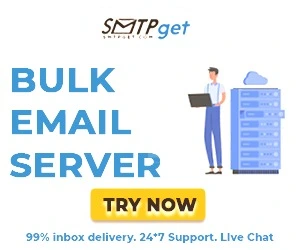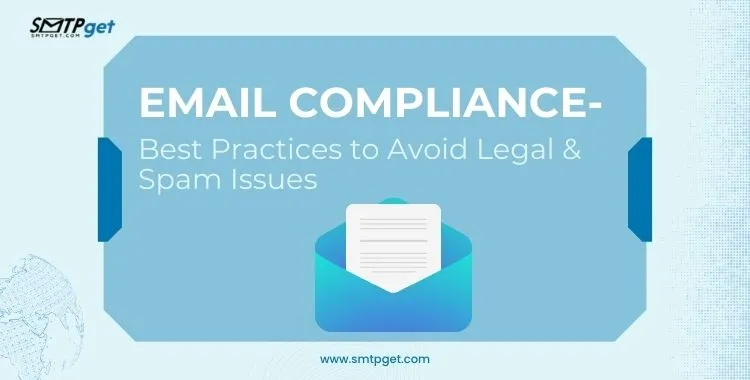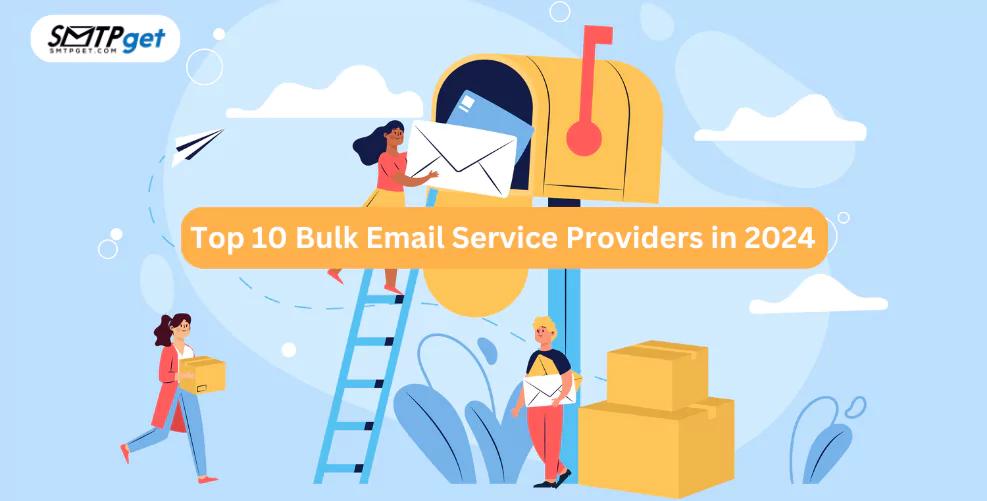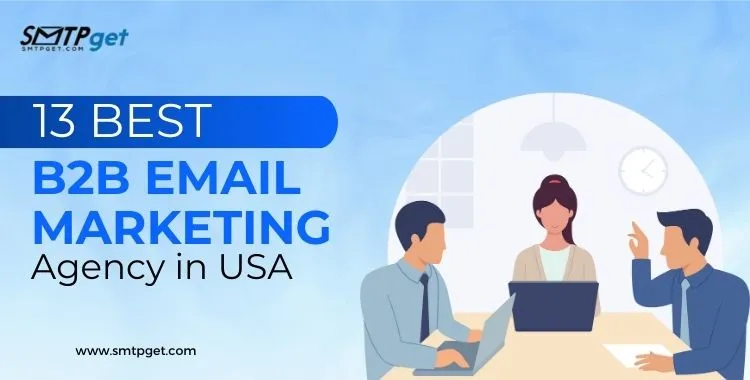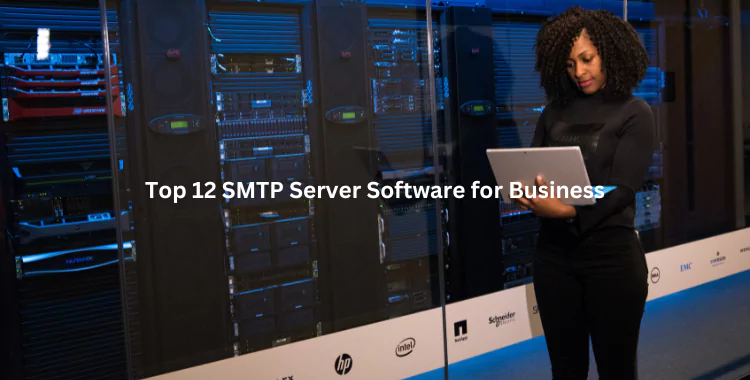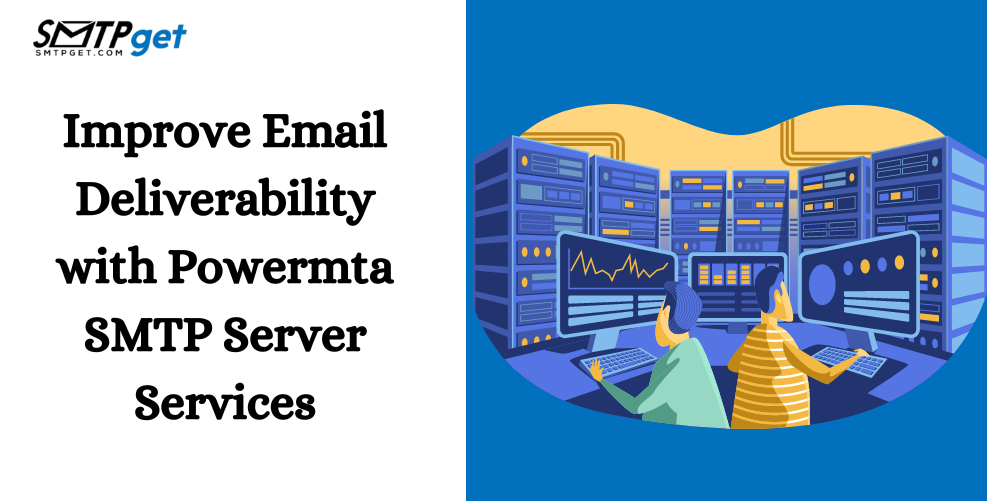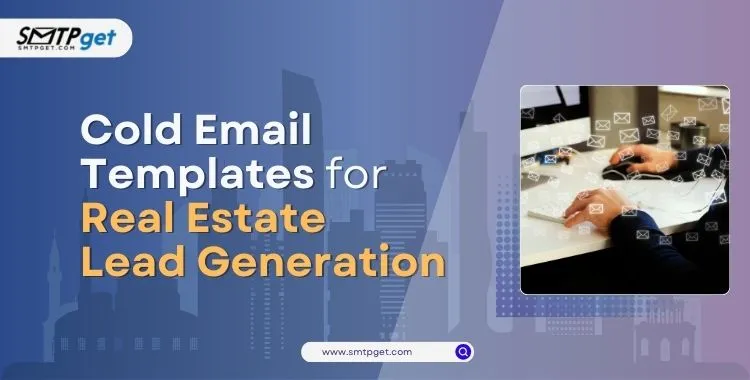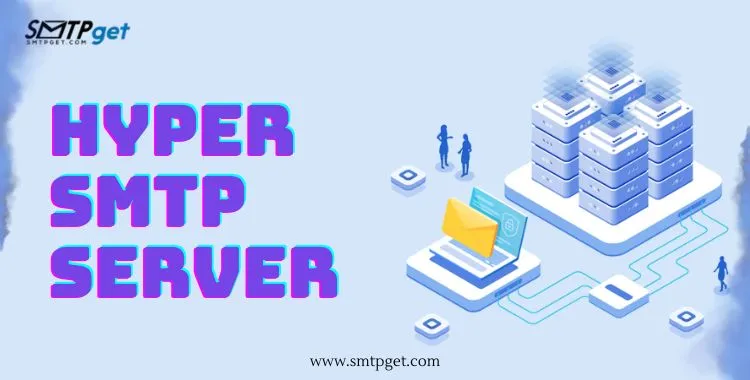Nonprofit organizations rely on effective communication to engage their supporters, raise funds, and spread awareness about their cause. One essential aspect of their communication strategy is email marketing. To ensure reliable and successful email delivery, nonprofits need to buy SMTP server.
In this article, we will explore the factors to consider when selecting a providing recommendation and SMTP service provider for nonprofit organizations.
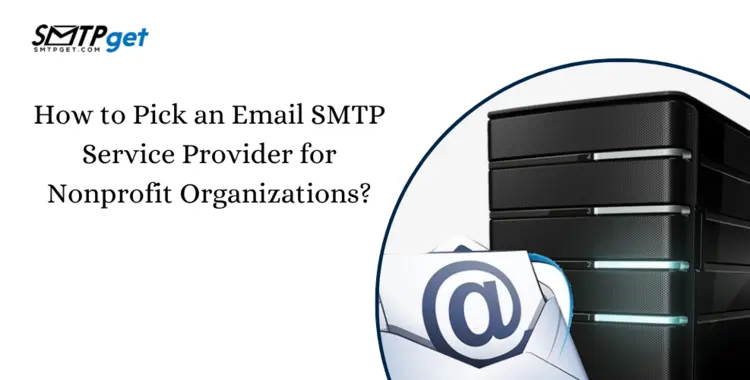
Understanding Email SMTP Services
SMTP is the standard protocol used for sending and receiving emails over the internet. It handles the transmission of emails from the sender’s server to the recipient’s server. An SMTP services for nonprofit organizations ensures that emails are delivered efficiently and reliably. For nonprofits, this is crucial as it directly impacts their ability to reach and engage their supporters.
Pricing
| Pricing Table | Cheapest Plan | Standard Plan | Professional Plan |
| SMTP Server Services | $110 | $165 | $220 |
| Bulk Email Server | $50 | $145 | $225 |
| Bulk Email Service | $30 | $110 | $220 |
Choosing an Email Service Provider for Nonprofits
Regarding effective communication, nonprofits need reliable and efficient email service providers. Selecting the right SMTP service provider for nonprofits is crucial for reaching supporters, raising funds, and spreading awareness.
There are key factors to consider in the decision-making process. First, cost and affordability play a significant role. Nonprofits often operate on limited budgets, so finding an email service provider that offers affordable plans or discounts for nonprofits is essential.
Deliverability and reputation are equally important. Ensuring that emails land in recipients’ inboxes and avoiding spam filters are crucial for successful campaigns. Scalability and flexibility should also be considered, as nonprofits grow and their email needs evolve.
Other vital factors include data security and privacy, integration options with existing software, and quality customer support. By carefully evaluating these aspects, nonprofits can choose the right SMTP service provider to meet their unique needs and maximize their communication efforts.
What’s Your Budget? Determining the Right Email Service Provider for Nonprofits
When selecting SMTP service providers for nonprofits, one crucial consideration is your budget. As a nonprofit, managing costs effectively is essential to ensure that resources are allocated efficiently and that your organization can continue its vital work.
Determining your budget early in the decision-making process will help you narrow down your options and find the most suitable SMTP relay service Provider for your needs.
Before diving into the selection process, take some time to assess your financial resources and define a budget range that aligns with your organization’s capabilities.
How Will You Organize Your Contacts?
Effectively organizing your contacts is crucial for nonprofit organizations. Create a centralized database to store contact information, including names, email addresses, and preferences.
Implement a system for categorizing contacts based on their interests or engagement levels. Regularly update and maintain the database to ensure accurate and up-to-date information for targeted communication.
How Advanced Do You Want to Get with Your Campaigns?
When it comes to email SMTP service providers for nonprofit organizations, it’s essential to consider how advanced you want your campaigns to be. This will help you determine the level of sophistication and functionality you need from your SMTP server provider.
If you’re just starting out or have limited resources, a basic email service provider that offers essential features like email templates, list management, and basic reporting might be sufficient. It allows you to send regular newsletters, updates, and donation appeals to your supporters.
On the other hand, if you’re looking to take your campaigns to the next level, you may require more advanced capabilities. This could include features like automation, A/B testing, personalization, advanced segmentation, and robust analytics. These features enable you to deliver highly targeted and personalized emails, automate workflows, and analyze campaign performance in-depth.
Factors to Consider When Choosing an Email SMTP Service Provider
Cost and Affordability: Nonprofits often operate on tight budgets, so it’s important to choose an SMTP service for nonprofit organizations that offers cost-effective plans or discounts for organizations.
Deliverability and Reputation: Look for a provider with a high deliverability rate to ensure that your emails land in the recipients’ inboxes and avoid being marked as spam. Consider their reputation and track record in maintaining a good sender reputation.
Scalability and Flexibility: As your nonprofit grows, your email needs will evolve. Ensure the SMTP service provider can accommodate your organization’s growth and provide scalability and flexibility.
Security and Data Privacy: Nonprofits handle sensitive donor information. Choose an SMTP service provider that prioritizes data security, offers encryption options, and complies with data protection regulations.
How to Measure Email Performance and Engagement
For nonprofits, measuring email performance and engagement is crucial for evaluating the effectiveness of their communication efforts. By tracking and analyzing key metrics, organizations can gain valuable insights and make data-driven decisions to optimize their email campaigns.
Here are some essential factors to consider when measuring email performance and engagement:
Open Rates: The percentage of recipients who open your emails provides insights into the effectiveness of your subject lines and sender reputation.
Click-through Rates: By tracking the number of recipients who click on links within your emails, you can gauge the level of engagement and the effectiveness of your call-to-action.
Conversion Rates: Measure the percentage of recipients who complete a desired action, such as making a donation or signing up for an event, to determine the effectiveness of your email in driving conversions.
Bounce Rates: Bounced emails occur when they cannot be delivered to the recipient’s inbox. High bounce rates may indicate issues with your email list quality or sender reputation.
Unsubscribe Rates: Tracking the number of recipients who unsubscribe from your emails helps identify content or frequency issues that may be causing disengagement.
ROI (Return on Investment): Calculate the financial impact of your email campaigns by analyzing the revenue generated or costs saved as a result of your efforts.
A/B Testing: Conduct experiments by sending different versions of your emails to segments of your audience and compare the performance metrics to determine the most effective strategies.
Segmentation Analysis: Measure how different segments of your audience respond to your emails to identify patterns and tailor your content accordingly.
Engagement Metrics: Consider metrics such as time spent reading emails, social media shares, and replies to gauge the level of engagement and interest from your recipients.
Feedback and Surveys: Collect feedback from your subscribers through surveys or direct communication to gain qualitative insights and understand their preferences.
Remember, effective measurement is key to continuous improvement and achieving your nonprofit’s goals.
When comparing different SMTP service providers, consider the following factors:
Cost Comparison: Analyze the pricing plans, including any discounts or special offers for nonprofits, to determine the most cost-effective option for your organization.
Deliverability comparison: Look for providers with high deliverability rates and reliable inbox placement to maximize the impact of your email campaigns.
Feature comparison: Assess the features offered by each provider, such as email templates, automation, A/B testing, and segmentation capabilities, to determine which aligns best with your nonprofit’s needs.
Integration comparison: Evaluate how well each provider integrates with your existing nonprofit software, ensuring smooth data flow and efficient workflows.
Customer reviews and ratings: Research customer reviews and ratings to gain insights into the experiences of other nonprofit organizations and make an informed decision.
Tips for Selecting the Right Email SMTP Service Provider
Assess your organization’s email needs: Determine the volume of emails you send, the frequency of campaigns, and the complexity of your email marketing strategy to find an SMTP service provider that meets your specific requirements.
Evaluate the scalability and growth potential: Choose a provider that can accommodate your organization’s growth and evolving email needs without compromising on deliverability or service quality.
Consider the budget and cost-effectiveness: Look for a balance between cost and features. Ensure the pricing aligns with your budget while providing the necessary functionality for successful email campaigns.
Review the reputation and customer support: Research the provider’s reputation read testimonials, and inquire about their customer support options. A responsive and helpful support team can save you time and troubleshoot any issues efficiently.
Test the service before making a commitment: Take advantage of free trials or demos offered by SMTP service providers. This allows you to assess the user interface, features, and overall performance before committing to a long-term contract.
